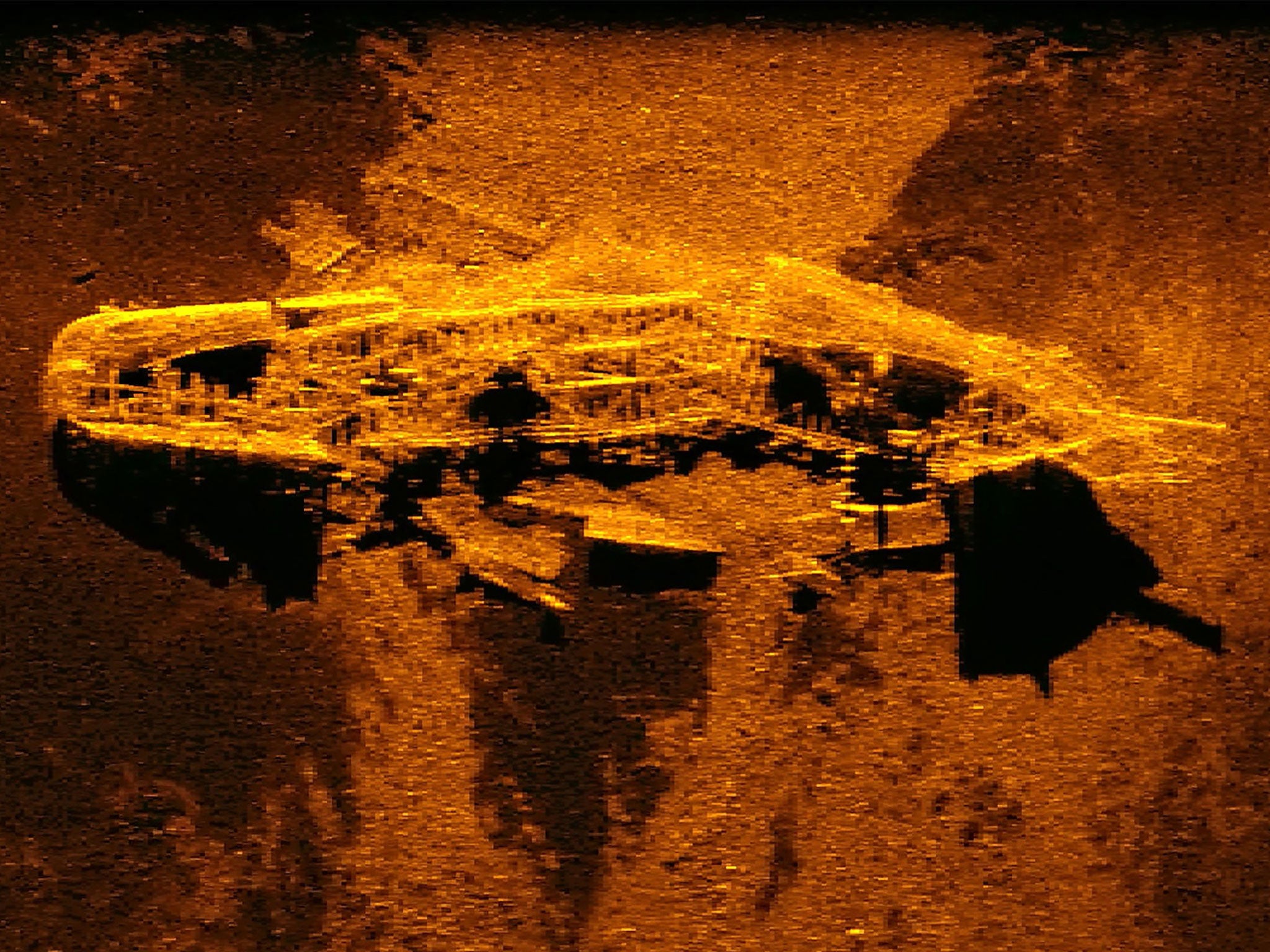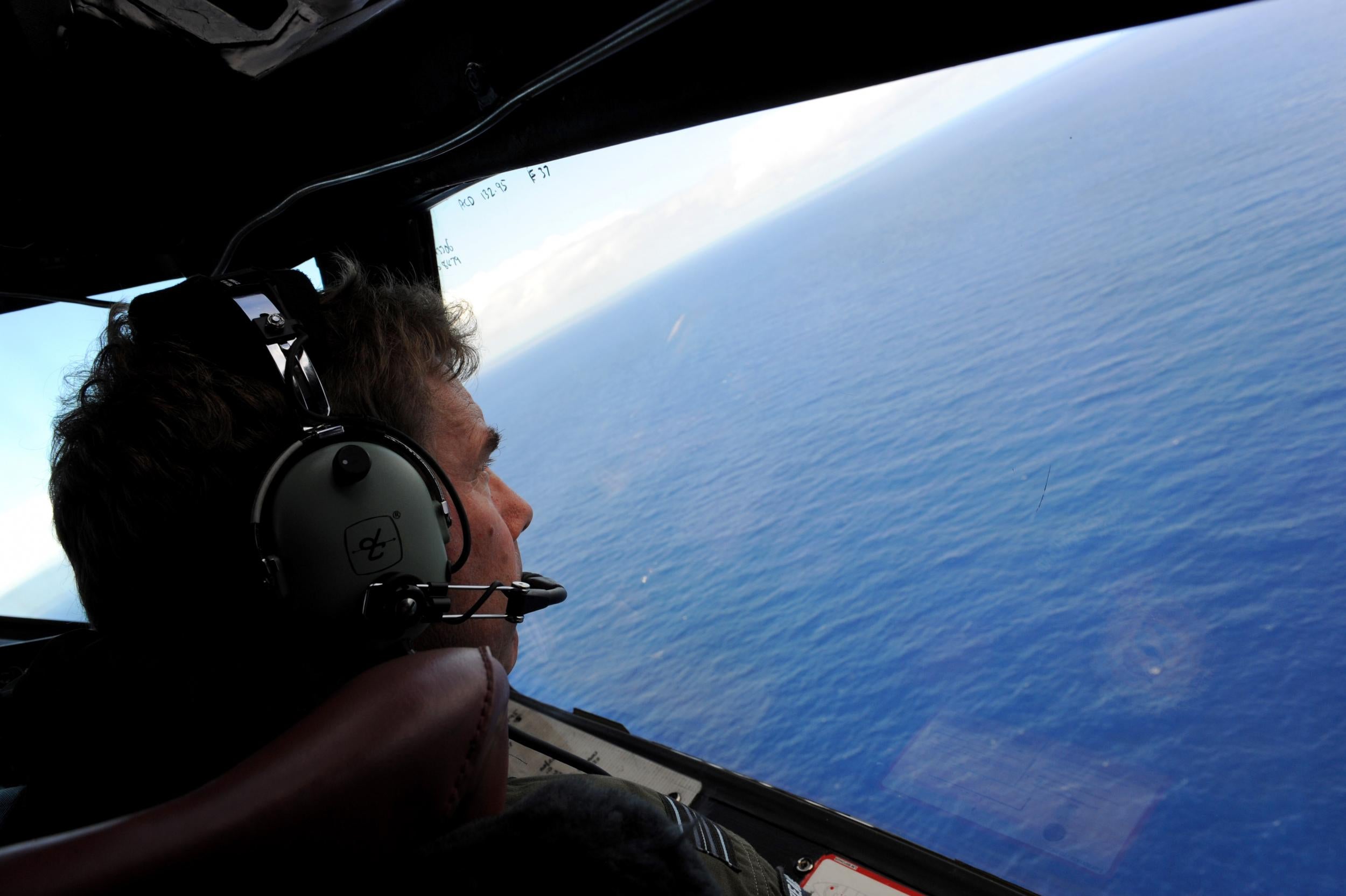Flight MH370 search solves 140-year-old mystery of vanishing ships
Sonar search for missing Malaysia Airlines plane uncovered two lost shipwrecks in Indian Ocean
Your support helps us to tell the story
From reproductive rights to climate change to Big Tech, The Independent is on the ground when the story is developing. Whether it's investigating the financials of Elon Musk's pro-Trump PAC or producing our latest documentary, 'The A Word', which shines a light on the American women fighting for reproductive rights, we know how important it is to parse out the facts from the messaging.
At such a critical moment in US history, we need reporters on the ground. Your donation allows us to keep sending journalists to speak to both sides of the story.
The Independent is trusted by Americans across the entire political spectrum. And unlike many other quality news outlets, we choose not to lock Americans out of our reporting and analysis with paywalls. We believe quality journalism should be available to everyone, paid for by those who can afford it.
Your support makes all the difference.Four years on from the disappearance of Malaysia Airlines Flight MH370, much is still unknown about what caused the aircraft to seemingly vanish over the South China Sea.
However, the colossal search for evidence carried out in the depths of the Indian Ocean may have inadvertently provided answers in regard to two mysteries that have remained unsolved for 140 years.
Unprecedented sonar searches of the seabed for the Boeing 777, which was lost in 2014 with 239 people aboard, uncovered the wreckages of two 19th-century sailing ships.

The wrecks were both found in 2015, roughly 22 miles apart, in an ocean debris field scattered with coal some 1,440 miles south-west of Australia.
A drone was able to retrieve a coal sample from one of the sites, 2.3 miles under the surface, with analysis suggesting the ship was British, a Western Australian Museum report concluded.
The museum’s research of images and incomplete records of lost ships found the wreck was most likely that of the brig W Gordon or the barque Magdala.
W Gordon was on a voyage from Scotland to Australia when it disappeared in 1877 with 10 crew aboard. Magdala was lost in 1882 while sailing from Wales to Indonesia.
"Most of the material widely scattered on the seabed consists of the remains of the coal cargo that spilled out of the hull prior to it striking the seabed," said Dr Ross Anderson, curator of maritime archaeology at the museum.

"The evidence points to the ship sinking as a result of a catastrophic event such as explosion, which was common in the transport of coal cargoes."
The second wreck is most likely to be that of the barque West Ridge, which vanished while sailing from England to India with 28 sailors in 1883, the report said.
Although there is no evidence of what caused the disaster, the ship’s location east of the trade route from Europe to Asia suggests it may have been heading to the closest port in Australia for help.
Dr Anderson said the discoveries regarding the two 19th-century wrecks were a significant by-product of the search for MH370, which was flying from Malaysia to China when it disappeared from radar.
Both ships were likely to have carried between 15 and 30 men, although captains of the time may have also brought their wives and children on international trips, as well as additional passengers.
Although experts are confident they have solved the mystery, anything short of a costly diving mission to the bottom of the ocean is unlikely to entirely confirm the identities of the wrecks.
"If it was a shipwreck that we could dive on, we'd be looking for any artefacts like ceramics or bottles or anything that could confirm providence," he added.
"These are the deepest wrecks so far located in the Indian Ocean, they're some of the most remote shipwrecks in the world, so we try to maximise any information."
Additional reporting by AP

Join our commenting forum
Join thought-provoking conversations, follow other Independent readers and see their replies
Comments